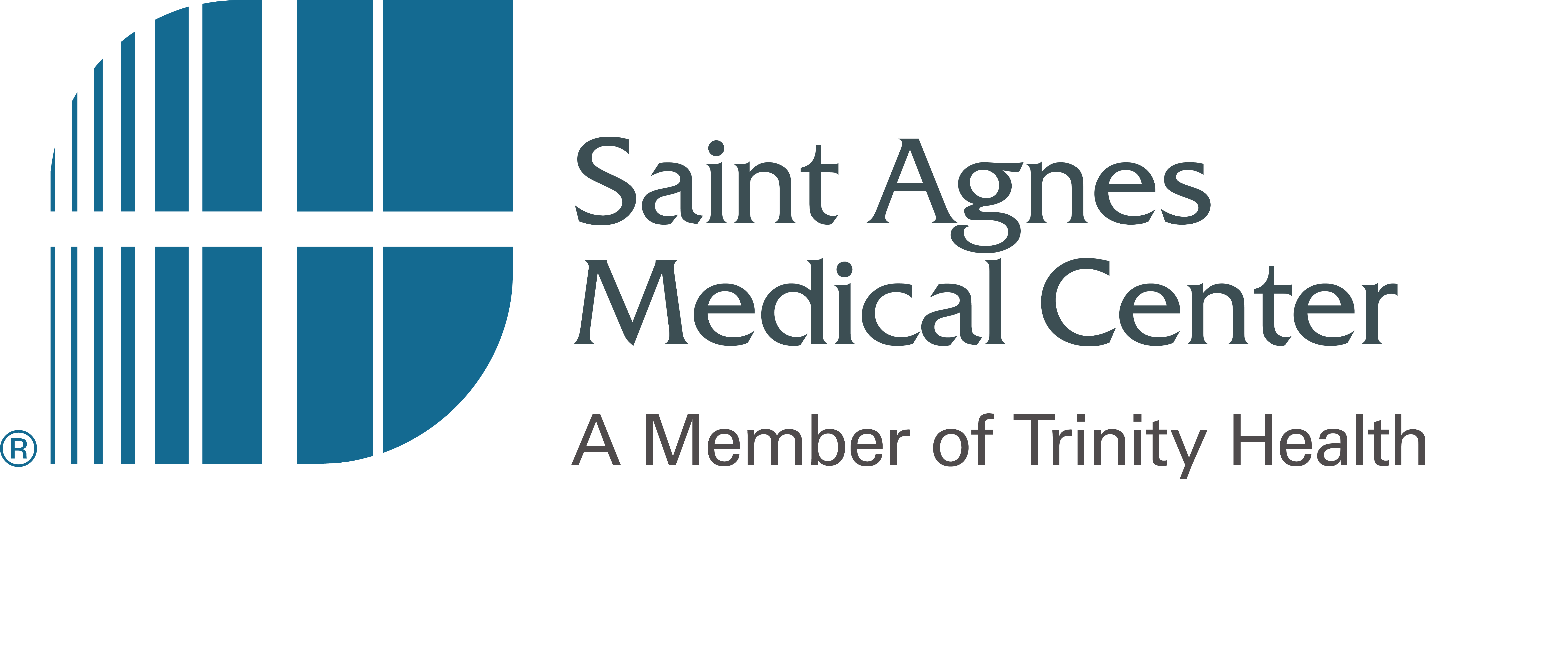Cardiology
When a heart attack strikes, no other Valley hospital responds faster to restore blood flow to the heart and minimize permanent damage than Saint Agnes Medical Center. With an average door-to-balloon time of 55 minutes—significantly better than the 90-minute national average—our skilled cardiologists and cardiac catheterization lab (cath lab) team are raising the bar for the most efficient treatment of patients experiencing a heart attack.
From routine check-ups to complex heart surgeries, we specialize in diagnosing, treating, and managing heart diseases, including hypertension, coronary artery disease, arrhythmias, and more. Our compassionate team is committed to improving your heart health and ensuring your well-being at every stage. And when it comes to specialized care of the heart, we're combining state-of-the-art imaging and catheterization for the diagnosis and treatment of cardiac disease − performing more than 6,000 invasive cardiology procedures annually.
Our services
Your heart health is our priority. Below is a list of some of the services and procedures offered at Saint Agnes. Visit Cardiac Rhythm Management and our Structural Heart Program pages for information about additional services and treatment options.
- Atherectomy (Rotablader)
- Balloon angioplasty
- Cardiac biopsies
- Carotid angiography
- Carotid stent placement
- Cardiac biopsies
- Coronary angiogram (with radial or brachial access)
- Coronary stent placements
- Diagnostic left and right heart catheterizations
- Implantable cardioverter-defibrillator (ICD) placement
- Intracoronary thrombolysis and thrombectomy
- Intravascular ultrasound (IVUS)
- Loop recorder implants
- Optical Coherence Tomography (OCT)
- Pericardiocentesis
- Transtracheal ECHO
- Transesophageal ECHO (TEE)
Advanced cardiac treatments and technology
Patients who have complete blockages of their coronary arteries have a new minimally invasive treatment option available, called Chronic Total Occlusion Percutaneous Coronary Intervention (CTO PCI). Saint Agnes’ expert team of interventional cardiologists trained with the best physicians in the nation to offer this innovative procedure to Valley residents. Instead of bypass surgery, interventional cardiologists now use this method to enter the interior of the fully blocked artery in a controlled, minimally invasive way to place a stent and restore blood flow.
Critically ill heart patients now have another minimally invasive treatment option. The Impella® – the world’s smallest heart pump – temporarily relieves the heart’s pumping function during life-saving interventions, allowing the heart to rest and recover. No bigger than a pencil, the Impella pump is inserted into the heart’s left ventricle through a catheter. The device then pulls blood from the left ventricle and pumps the blood throughout the body. The procedure can be performed in a matter of minutes.
What used to be invisible in artery walls can no longer hide with technology now being used by cardiologists at Saint Agnes Medical Center. Thanks to Optical Coherence Tomography (OCT), a new diagnostic tool, cardiologists can literally see the anatomy of their patients' arteries from inside the body. Manufactured by St. Jude Medical, OCT is a leading imaging technology that aids physicians in the diagnosis and treatment of cardiovascular disease during cardiac catheterization.
Currently, fluoroscopy is the standard imaging technology used in catheterization labs and while fluoroscopy and angiography are useful for most cases, they cannot provide the anatomical detail that OCT can. OCT views images 10 times greater while projecting three-dimensional images, allowing cardiologist to identifying true density of a blockage, any anatomical defects or complex anatomy, or even hidden blood clots − all of which allows for better placement of stents, optimizing treatment during the catheterization and in planning future treatment.
The thought of chilling a patient's body to the point of hypothermia may sound strange. In truth, this treatment is increasingly being used as a lifesaving tool in hospitals around the world − including Saint Agnes.
Known as therapeutic hypothermia (TH), this cooling therapy is giving cardiac arrest patients a greater chance of survival. TH is considered an important therapy for a comatose survivor of a cardiac arrest − a patient whose heart stopped beating, was restarted during cardiopulmonary resuscitation (CPR), and who remains minimally responsive immediately after the event. TH is endorsed by the American Heart Association and is performed by lowering the body temperature to 32-34 °C (approximately 90-93 °F). Normal body temperature is 37 °C or 98.6 °F. Clinicians use ice packs, cooling blankets and chilled intravenous fluids to lower the patient's body temperature, and carefully monitor him/her in the critical care units, where the patient remains in a drug-induced coma for 24 hours. The patient is then gradually re-warmed, and usually wakes within 72 hours.

